It can be fun to breed your own zinnias - Part 39
zen_man
7 years ago
Featured Answer
Sort by:Oldest
Comments (110)
jai_ganesha
7 years agojai_ganesha
7 years agoRelated Discussions
It can be fun to breed your own zinnias - Part 54
Comments (112)Hello Fred, " ...is there a good way to separate out viable seeds to keep and discard those that look like they won't germinate? I'm just yanking out a dozen petals and pinching them, discarding the thinnest ones. And the florets seeds look quite different, thinner, and many look like they can't possibly germinate. " Good question. There is a learning curve here, but you can gently squeeze a green zinnia seed between your thumb and forefinger to "feel" the embryo inside the seed. Seeds with undeveloped embryos will feel flat and empty. The embryo is not really a seed within a seed, but it feels a little like that. The embryo is actually just the baby plant with a pair of tiny cotyledons (seed leaves) and a tap root stub. As an experiment, you can remove the embryo from a green seed and plant just the embryo. I once planted a whole flat of embryos. This is a photo of some viable green seeds that have been dried, which turns them brown. This is a photo of some chaff with mostly floret seeds. This is a photo of some fairly freshly picked green seeds. The green seed technique has been invaluable to me in my zinnia project. I learned it from Jackie_R in a much earlier part of this "It can be fun" message series. ZM...See MoreIt can be fun to breed your own zinnias - Part 55
Comments (121)Zenman - lol. I don't know about expertise, but I did mention the process of denuding seeds to expose embryos a couple of times on daylily sites at facebook, and received about zero comment back. I suppose the input coming from a "newbie" like myself was ... what word to use?... presumptuous - that's it. I am definitely a very small fish in a giant ocean of professionals. Ah well, you're the one who taught me first to do it, and I saw that it was a helpful technique to hasten germination, and in some cases, allow germination when the seed coat was being especially resistant. And I have used it for some daylily seeds, and feel it has helped. Not always, you understand, but enough to make it a viable option in my book. Glad to hear you are getting some rain. They have been forecasting rain for us, but little has fallen. The various spring-marshy areas that are usually swimming with overflow at this time of year, are almost dry. I am a bit concerned about this presaging a summer drought; but maybe the rains are just delayed. I could certainly handle the rain coming during the heat of summer instead of now. :) Let me know if you are starting a new thread - I may chime in from time to time. Always enjoy seeing what new things you come up with. Alex...See MoreIt can be fun to breed your own zinnias - Part 56
Comments (112)Hi Cindi, Actually, I do have a few "newish" zinnias, because I have been growing some zinnias indoors throughout these cold late Fall and Winter months. I have taken some photos and I need to process the photos for upload here. I processed this photo this morning. That is a variation on my "exotic" zinnia flower form and in the juvenile stage, the petals resemble the "Woolly" zinnia petal form. The "Woolly" petals are closed at the end. The Woolly zinnia petals are "strong" by virtue of their totally enclosed structure. However, this means that the enclosed stigma cannot receive pollen unless the zinnia also has enclosed pollen-bearing anthers, which many of the Woolly zinnias do not have. Those Woolly petals can produce a seed only if the petal is surgically opened and pollen applied to the internal stigma. I concede that the "Woolly" zinnias are questionably attractive. I realize these details are of interest primarily to someone who is actively engaged in breeding zinnias. I have several zinnia photos in my camera which I will transfer to my computer so that I can show them here. I have really been enjoying my indoor zinnia activities. I am even considering continuing an indoor activity in parallel with my outdoor zinnia activities this coming Spring and Summer. There are advantages to indoor zinnias. For one thing, you have control of the photoperiod of indoor zinnias. Zinnia elegans is a facultative Short Day (long night) plant. More later. ZM...See MoreIt can be fun to breed your own zinnias - Part 57
Comments (129)So I've got two mysteries I'm trying to solve. Here's the story.... This winter we grew quite a few zinnias under CMH lighting. We had to battle powdery mildew, but the plants grew well and flowered profusely. I found a single plant that was producing very impressive blooms. Image is attached. This plant exhibited an iridescent peach color--quite spectacular. I definitely wanted to work more with this plant! But I ran into two mysteries which I'm now trying to solve. Mystery #1) This plant produced basically no pollen! When I went to collect pollen from it, I found almost nothing. I checked back numerous times throughout the blooming season (even checking numerous blooms) and even though nearby plants were producing pollen well, I was never able to utilize this specimen plant as a male in any cross! So, I decided to use it as a seed parent to receive pollen instead. Mystery #2) Since I had experienced irregular seed set on zinnias before, I decided to document my pollination activities more closely and correlate them to seed set. I chose one bloom on this specimen plant which I would observe very carefully. I pollinated each receptive stigma on this bloom with pollen from other plants. I came back in the next day or two and saw that nearly all of the stigmas I had pollinated were withered and shriveled up--a good sign of successful pollination. Then I carefully marked each stigma that had shriveled by snipping off half of the petal. By doing this I would know which achenes had been pollinated and apparently successfully been fertilized. Yesterday I saved seed on that bloom. In accordance with the irregularity I've seen over the winter, only about 15% of the shriveled stigmas actually set seed. I pollinated maybe 26 stigmas and they all shriveled down nicely (indicating successful pollination) but of all those "successful" pollinations I only got maybe 4 filled seeds. This is a mystery to me which I hope to solve. If anyone has pointers or tips, I'm all ears!...See Morezen_man
7 years agosamhain10 - 5a
7 years agozen_man
7 years agoLizzie
7 years agoLizzie
7 years agozen_man
7 years agoLizzie
7 years agozen_man
7 years agoLizzie
7 years agozen_man
7 years agoLizzie
7 years agozen_man
7 years agozen_man
7 years agoLizzie
7 years agozen_man
7 years agoLizzie
7 years agozen_man
7 years agoLizzie
7 years agoLizzie
7 years agozen_man
7 years agoLizzie
7 years agozen_man
7 years agoLizzie
7 years agozen_man
7 years agoLizzie
7 years agozen_man
7 years agoLizzie
7 years agoLizzie
7 years agolast modified: 7 years agozen_man
7 years agoLizzie
7 years agolast modified: 7 years agozen_man
7 years agoLizzie
7 years agozen_man
7 years agoLizzie
7 years agozen_man
7 years agoLizzie
7 years agolucillle
7 years agolast modified: 7 years agozen_man
7 years agolast modified: 7 years agoLizzie
7 years agolast modified: 7 years agosamhain10 - 5a
7 years agoLizzie
7 years agosamhain10 - 5a
7 years agoLizzie
7 years agozen_man
7 years agozen_man
7 years agoLizzie
7 years agozen_man
7 years ago
Related Stories

PETSWhat Chihuahuas Can Teach Us About Interior Design
Who knew these tiny dogs could be such a huge fount of design tips? Houzzers did
Full Story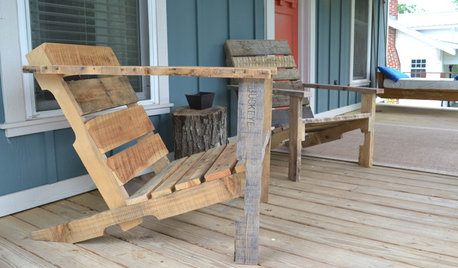
WOODWORKINGBuild Your Own Wooden Deck Chair From a Pallet — for $10!
Take the ecofriendly high road with a low-cost outdoor chair you make yourself
Full Story
HOUZZ TVHouzz TV: This Dream Midcentury Home in a Forest Even Has Its Own Train
Original wood ceilings, a cool layout and, yes, a quarter-scale train persuaded these homeowners to take a chance on a run-down property
Full Story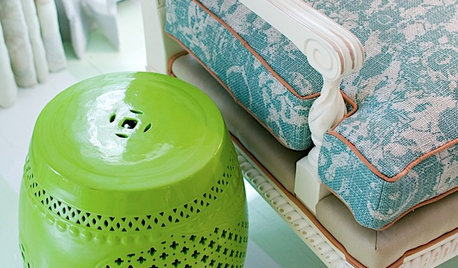
DECORATING GUIDESThe Most Helpful Furniture Piece You May Ever Own
Use it as a table, a seat, a display space, a footrest ... and indoors or out. Meet the ever-versatile Chinese garden stool
Full Story
INSPIRING GARDENSWhat We Can Learn From Longwood Gardens’ New Meadow
Sustainability, ecology, native plant communities ... this public garden is brimming with lessons on horticulture for home gardeners
Full Story
KITCHEN DESIGNKitchen of the Week: What a Difference Paint Can Make
A bold move gives a generic Portland kitchen personality without a major overhaul
Full Story
PETS5 Finishes Pets and Kids Can’t Destroy — and 5 to Avoid
Save your sanity and your decorating budget by choosing materials and surfaces that can stand up to abuse
Full Story
GARDENING GUIDES10 Tips to Start a Garden — Can-Do Ideas for Beginners
Green up your landscape even if you're short on time, money and knowledge, with these manageable steps for first-time gardeners
Full Story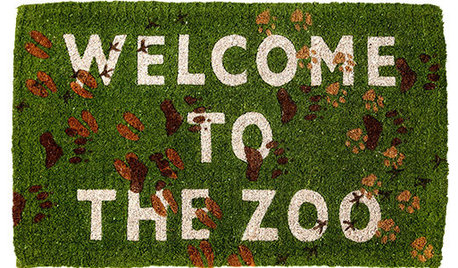
40 Fun Gifts for Your Pet-Loving Friends
Houzz Gift Guide: 40 New Ways to Love Dogs, Cats and Birds in Style
Full Story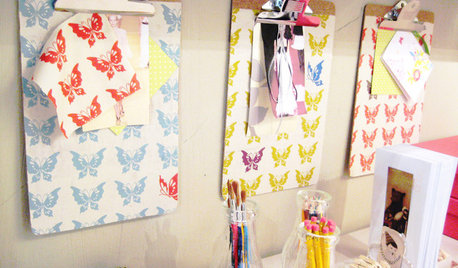
DECORATING GUIDESFresh Start: 39 Ways to Organize Your Stuff
Jumpstart your year with great storage ideas from the Houzz community
Full Story


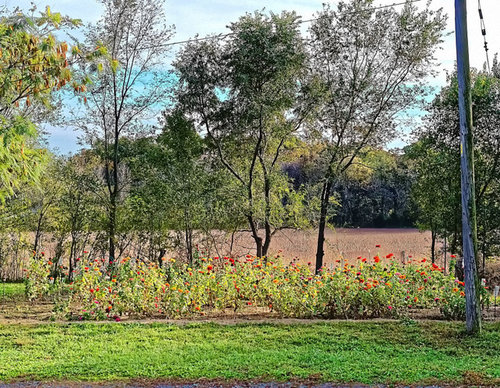


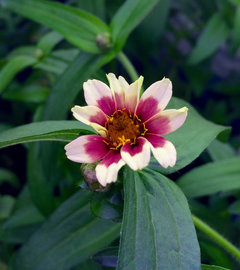
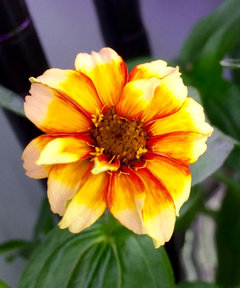

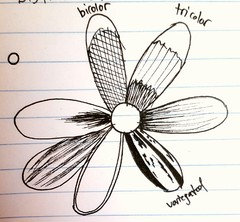
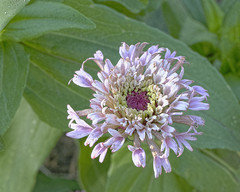
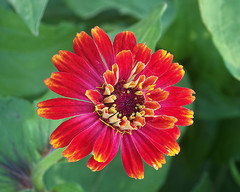
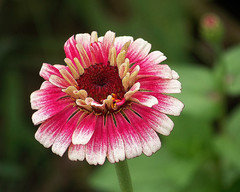

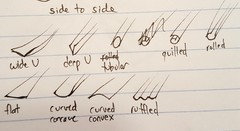



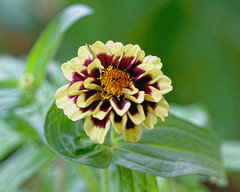
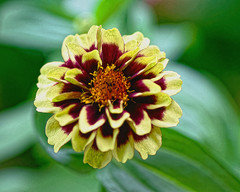

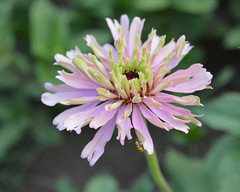

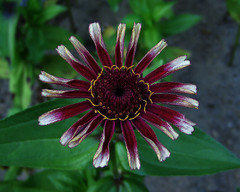
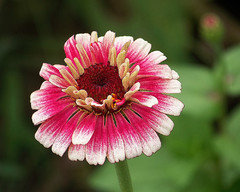
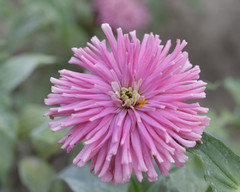
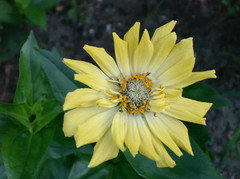
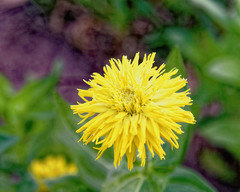

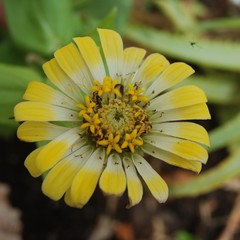

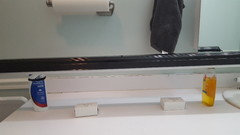
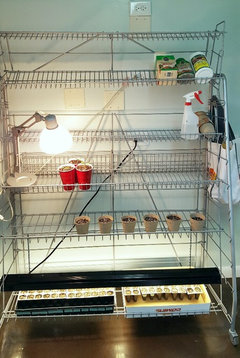



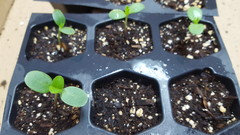

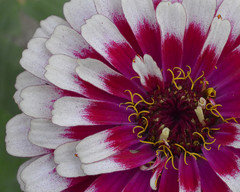
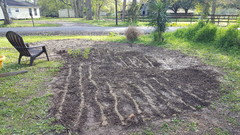
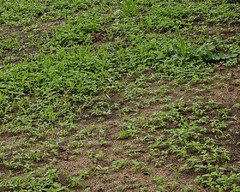
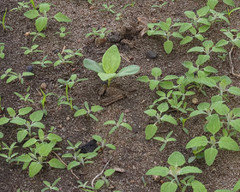

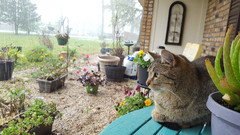
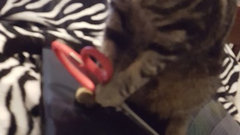
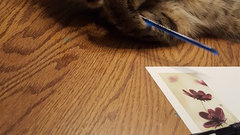
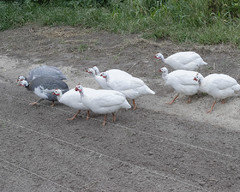
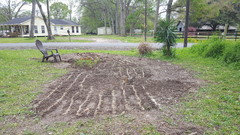


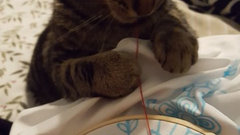
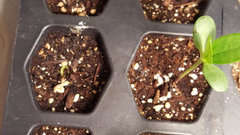
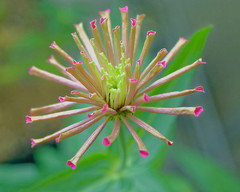

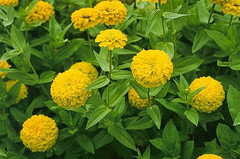

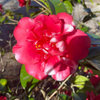

zen_manOriginal Author